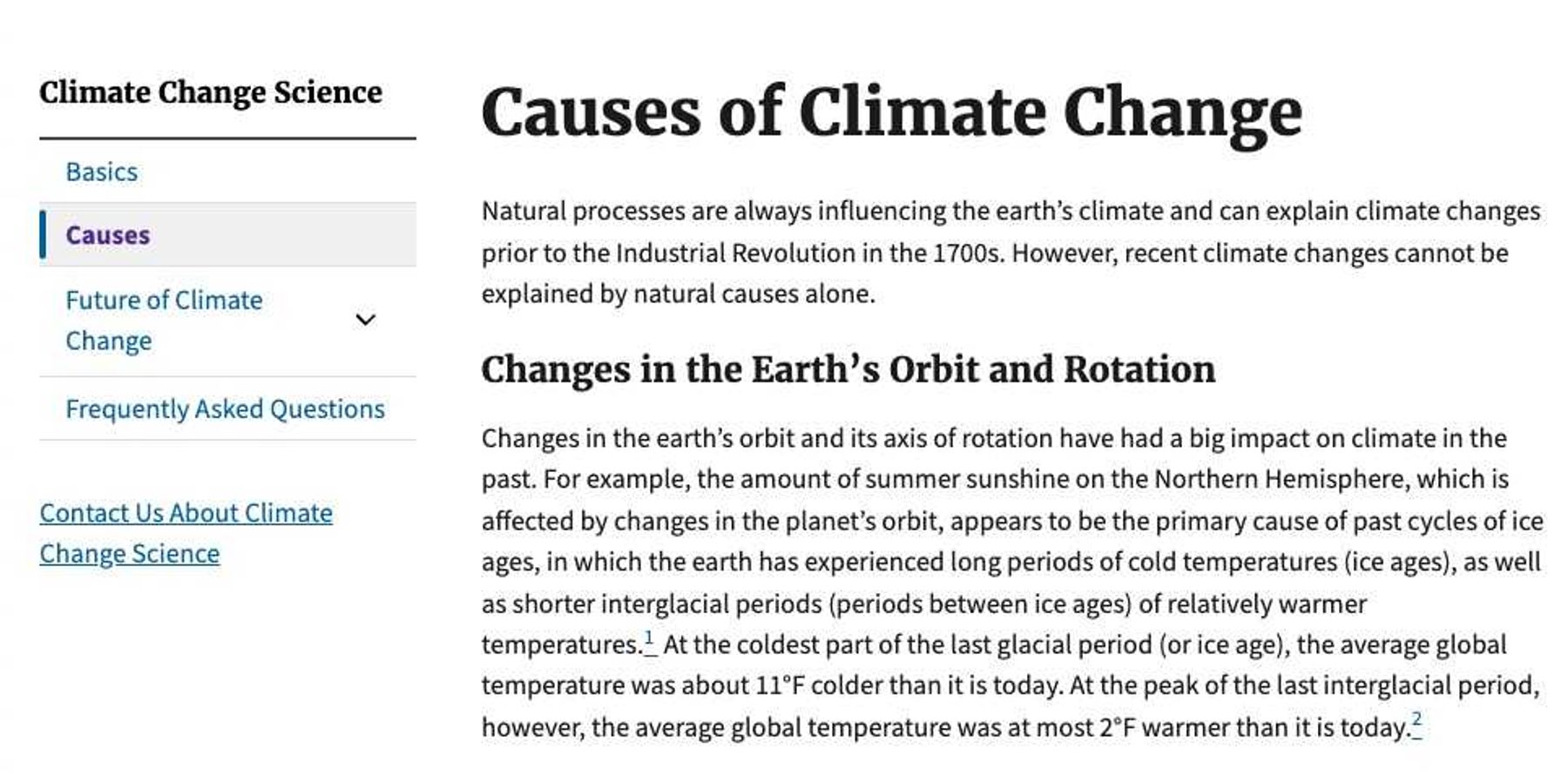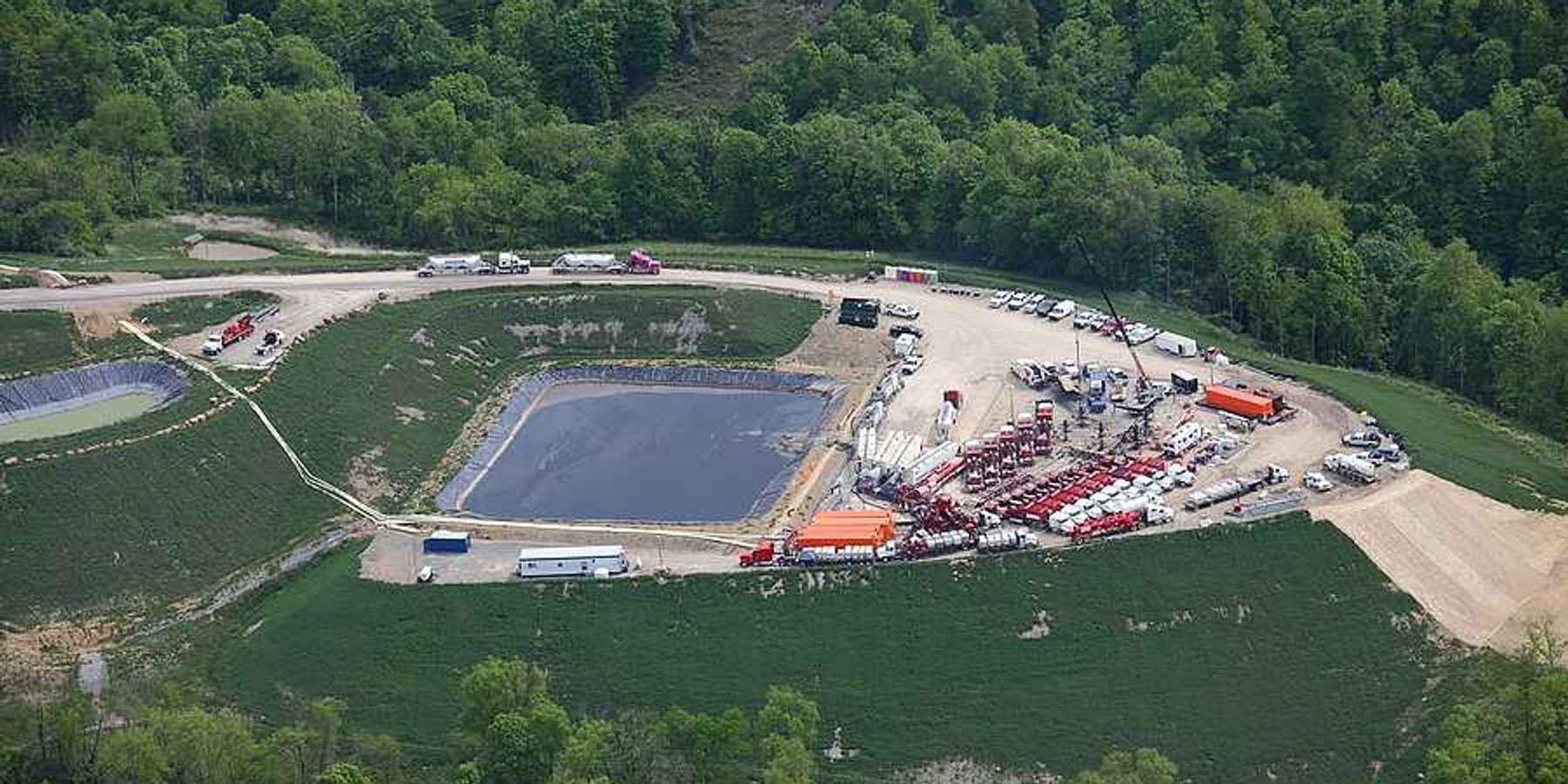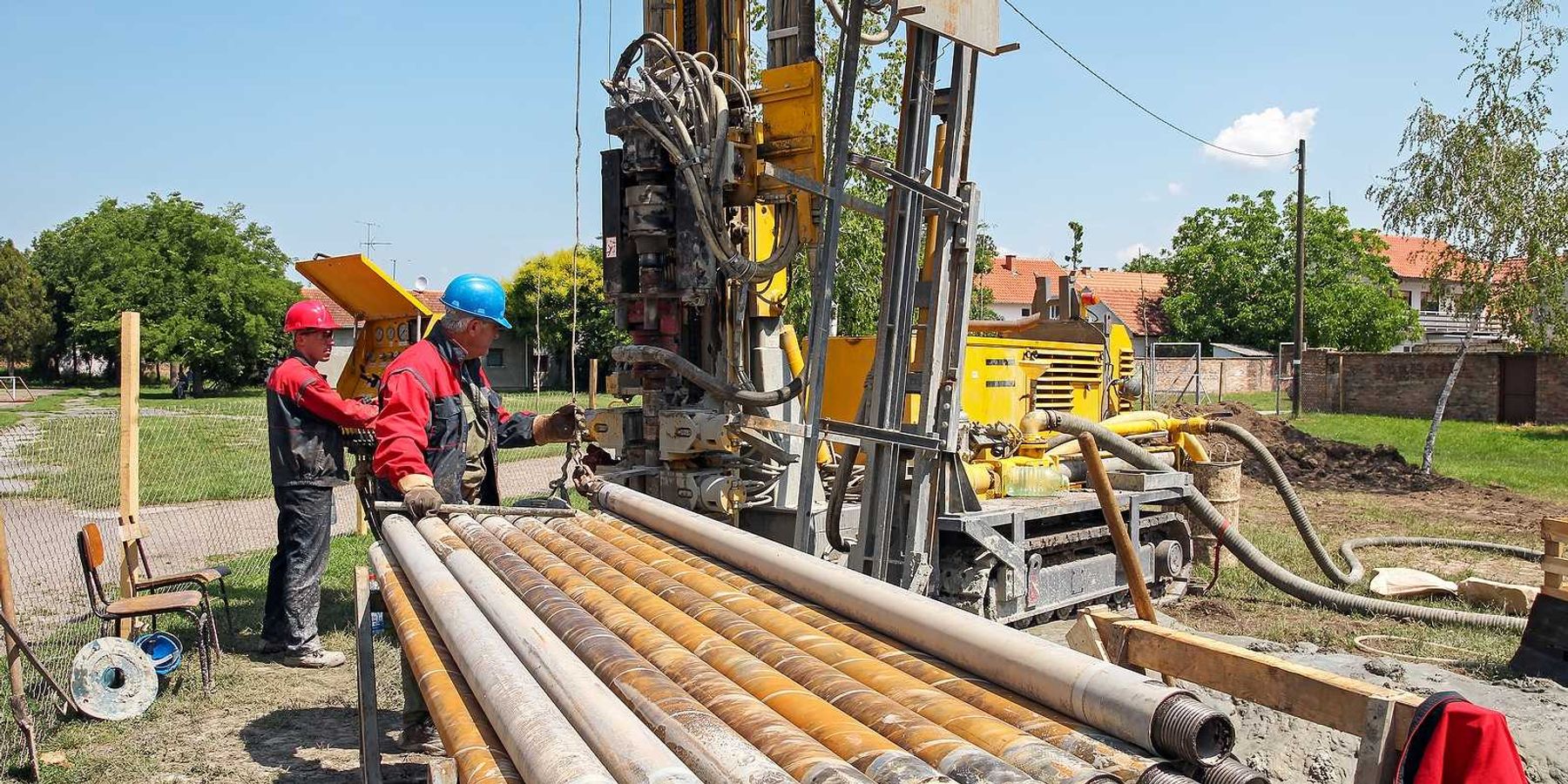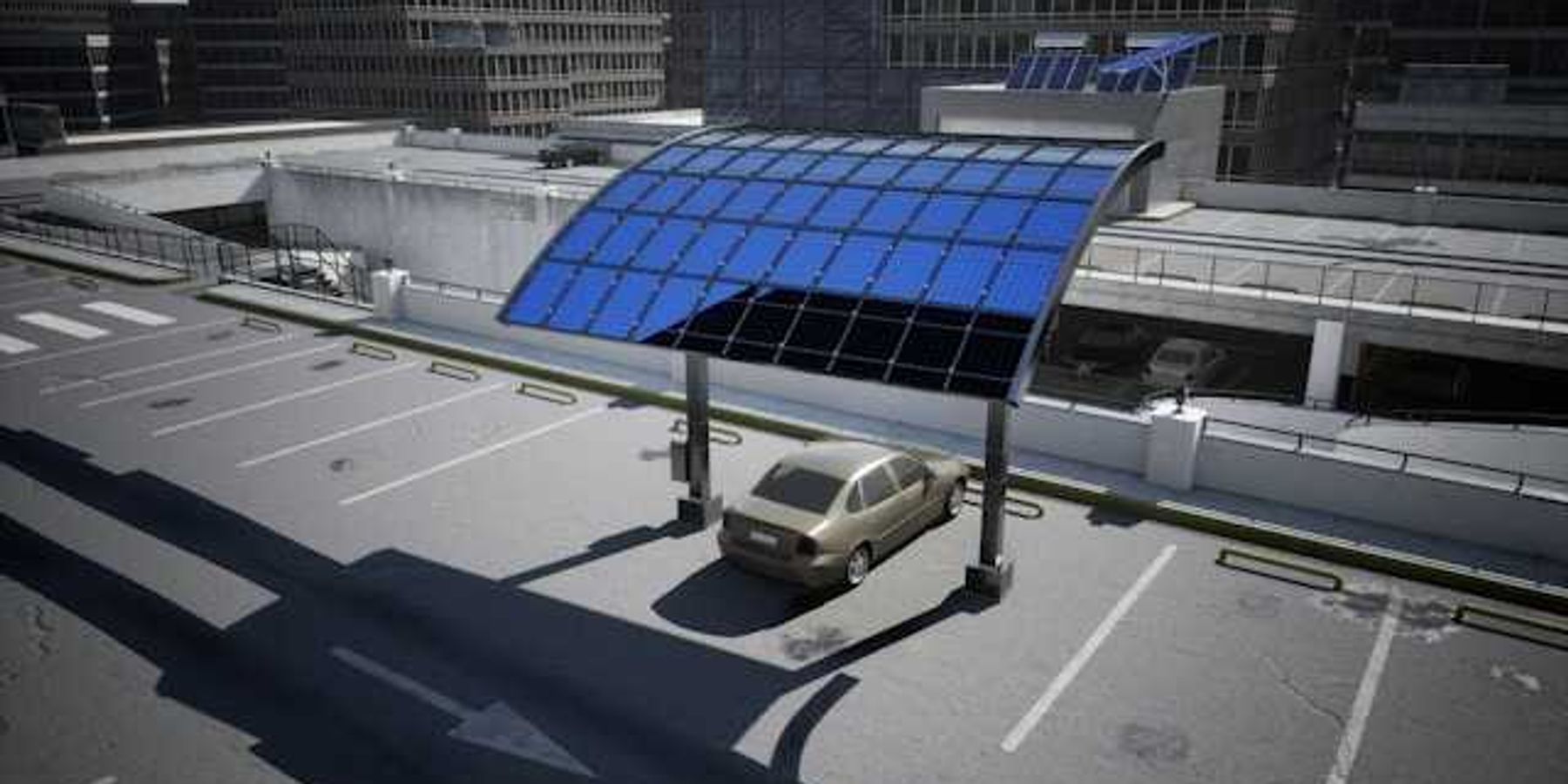10 January
U.S. ramps up solar and battery manufacturing but lags in key components
The U.S. has significantly increased domestic production of solar panels and batteries over the past four years, but crucial supply chain gaps in raw materials and key components remain as demand surges.
Julian Spector reports for Canary Media.
In short:
- The U.S. solar panel manufacturing capacity has nearly quintupled since 2022, though domestic production of solar cells and precursor materials remains minimal.
- Battery factory construction is accelerating, with expected capacity to exceed demand for lithium-ion batteries by 2030, though the U.S. still imports most raw materials.
- Policy support, including tax incentives, has spurred $95 billion in battery-related investments since 2022, though concerns remain about potential political disruptions.
Key quote:
“This production of battery cells is nominally sufficient to meet the demand for a rapidly electrifying economy.”
— David Gohlke, Argonne National Laboratory
Why this matters:
Expanding domestic clean energy manufacturing strengthens economic security, reduces reliance on foreign supply chains and supports the transition to renewables. However, without investment in upstream mining and processing, the U.S. remains dependent on imports, especially from China.













